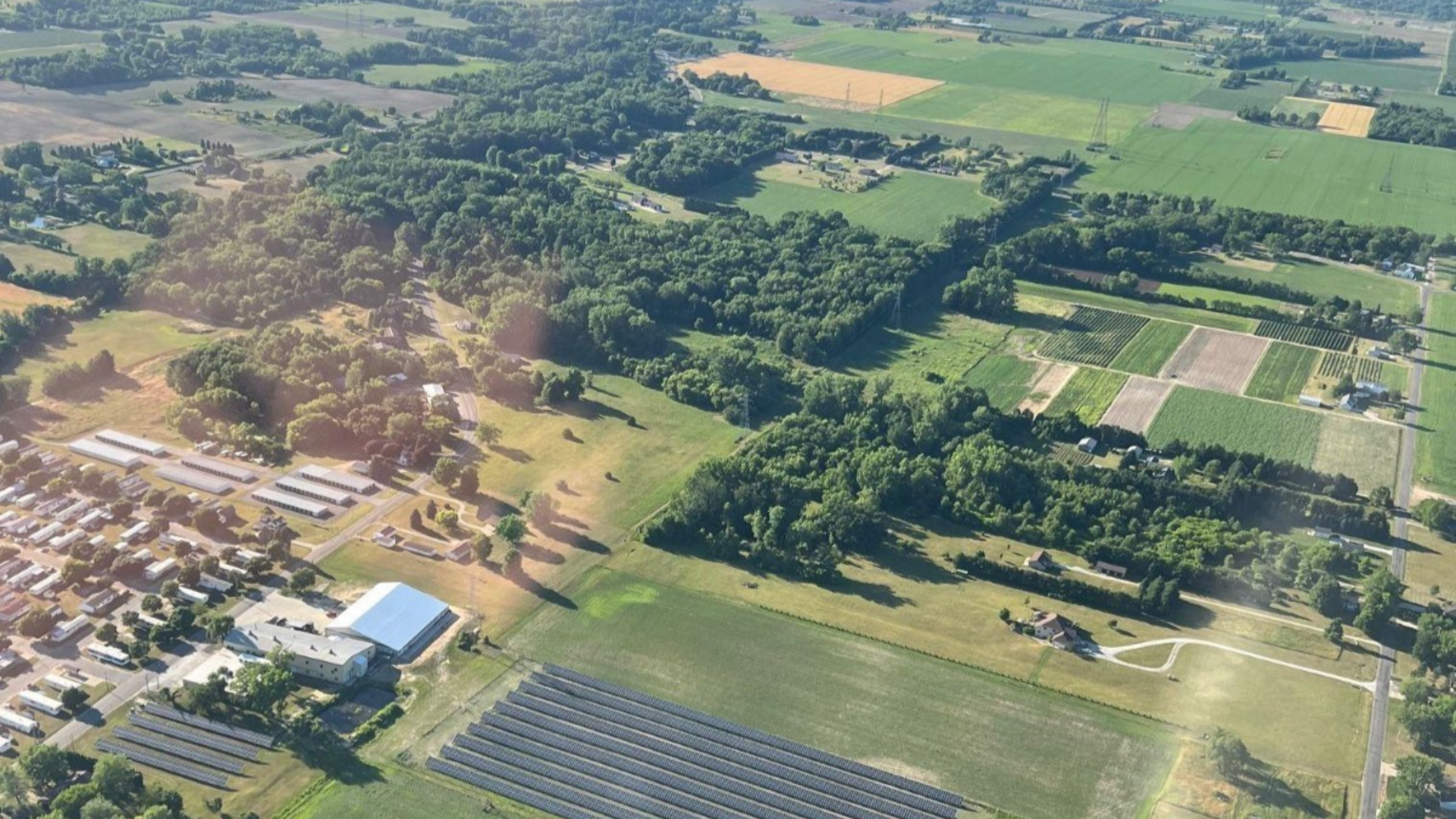From toxic slag to solar: How community solar could transform a Pittsburgh neighborhood
- Solar accessibility

For over 50 years, residents of Pittsburgh’s Swisshelm Park neighborhood have dealt with an unpleasant neighbor: a 55-acre toxic slag dump. But thanks to local advocacy, the site is headed in a brighter, greener direction.
The final goal is a 15-acre solar array and a 55-acre expansion of a public park. The project could soon be a shining example of how solar energy can remedy decades of environmental harm.
In 1972, Pittsburgh’s Urban Redevelopment Authority (URA) purchased the land from the former Duquesne Slag Company. Slag is toxic waste generated from steel manufacturing. Slag emits heavy metals and volatile organic compounds into the air that can cause cancer. Then in 2000, the URA entered an agreement with the Pennsylvania Department of Environmental Protection (DEP). As a result, the URA is legally obligated to clean up the site and protect neighbors from future health risks. In 2021, they finally got to work.
Solar wasn’t the original plan for the Swisshelm Park site, popularly known as “The Slags.” At first, the URA wanted to redevelop the site for housing. But residents spoke out against the plan, voicing concerns that new housing wouldn’t benefit the working-class neighborhood. Neighbors came together and founded Swisshelm Forward, a community organization that acts as a bridge between the community and local development projects. In response to residents’ concerns, the URA presented a new plan that expands Frick Park and dedicates 15 acres to a solar array.
Why is solar a good choice for the Swisshelm Park site?
Replacing slag with solar panels will help make the former industrial city greener and healthier. Solar energy will generate clean, affordable energy for the area and help stabilize the energy grid, resulting in less costly repairs over time. Combining solar panels with native plantings, clean soil, and an expanded public park could also have a positive impact on nearby property values. It’s an excellent example of transforming the remnants of heavy industry into a site that benefits the community and the planet.
Installing solar panels on brownfield sites — such as landfills and mines — has demonstrated success in Ohio, Vermont, and Maryland. The projects give new life to abandoned, contaminated land that can’t be used for agriculture or housing.
Community solar: The missing piece of legislation for Swisshelm Park
At the Swisshelm Park site, the panels are expected to produce 3 megawatts of electricity per year. That’s enough to power 175 individual homes. But right now, state policy restrictions mean that the future solar company can only sell to one customer within two miles of the site.
Passing a community solar law could change that. Individuals could buy a “subscription” to the solar array and receive a discount on their electric bill from the energy generated at the site. Subscribers would save on their electric bills every month, allowing the site to serve more families.
“The URA would definitely consider using the site for community solar,” said Lilly Freedman, the site’s project manager, during a town hall hosted by Swisshelm Forward. “It’s unfortunate that Pennsylvania lawmakers have not passed a community solar law yet.”
This legislative session, Pennsylvania lawmakers can pass legislation to make community solar a reality. House Bill 504 would allow thousands of Pennsylvania families to reap the benefits of solar energy, even if they can’t install solar panels on their homes. That includes the nearly 30% of Pennsylvanians who rent their homes, plus thousands who have shaded roofs or face economic barriers to rooftop solar.
What’s next for the site?
The URA has successfully capped the site with clean soil, vegetative topsoil, and native plantings. Capping keeps contaminants in place to prevent exposure to people, pets and wildlife. Now, they are working on replacing trees and protecting the new meadow from wind and rain erosion. The URA plans to release a Request for Proposals for the solar development in early 2026, and solar construction could begin in 2027.
How to advocate for community solar in Pennsylvania
Community energy could bring vast economic benefits to Pennsylvanians across the commonwealth. Farms, warehouses, parking lots, and former industrial sites can all be sites for community solar arrays, creating good-paying jobs and boosting local economies.
Make community solar a reality
With HB 504, Pennsylvania can strengthen its legacy as an energy and industrial leader. Tell your legislator to support Community Energy today!
Get the latest on solar straight to your inbox.
Fight for your solar rights.
Everyone has the right to go solar. Spread the sunshine nationwide and in your local community by taking action, joining events, and more.